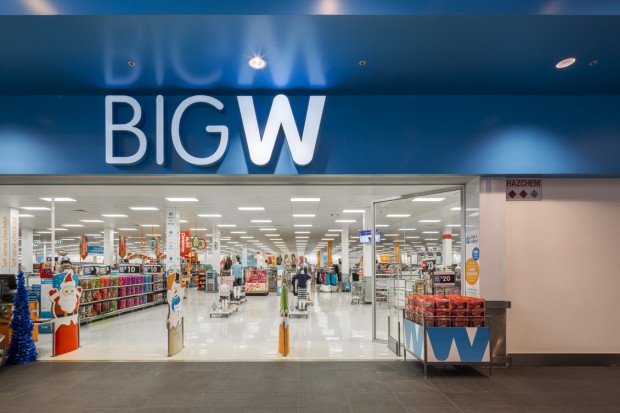When Wesfarmers bought Coles Group in 2007, Big W was far more profitable than Kmart. Aldi was a bit-part player. Costco hadn’t opened its first store. Target was the most profitable department store (discount or otherwise) in the country. Online players were not yet a substantial threat. Most of the international brands and global e-commerce players were either not yet here or were making a minor impact. But the context changed – dramatically – the day Wesfarmers took ownership contro
l of Target and Kmart. Under Wesfarmers stewardship and its ‘contest for capital’ model, Target and Kmart were free to pursue whatever independent strategies they wished to prove their value to their new owner. Up until that point, Kmart and Target had a squeeze play on Big W. Big W was a generalist in discount department stores (DDS). Target was the ‘fashion’ soft-goods leader and Kmart focused more on hard goods – feminine versus masculine if you like.
In resurrecting Kmart, Guy Russo and his team did the obvious. Grow its fast fashion credentials and deliver cheap chic to create greater foot traffic and add-on sales it had been missing. This not only mortally wounded its sibling – by stealing Target’s position – but it began the steep decline of Big W by offering a better blend of soft-goods and hard-goods than its Woolworths-owned rival’s offer.
Add into that mix the rise of Cotton On, the introduction of Zara, H&M, Uniqlo and the steady rollout of large, well resourced multi-national mass-market retail brands and you have a perfect storm. One that both Target and Big W have yet to emerge from.
The road back for Big W is huge but not insurmountable. It is only 15 years ago that many people were questioning the role for Kmart.
Big W has lost its mojo. It doesn’t stand for anything anymore and worse still, its leadership doesn’t exhibit anything on the shop floor to indicate it knows what it is. Until Big W finds a legitimate purpose and uses that purpose to fuel everything it does with passion, energy and magnetism it will struggle to support positive revenue flows – let alone sales growth – in a sea of price competitors. Price competitors that have larger scale, more extensive sourcing capability, deeper pockets and most importantly greater purpose that they back aggressively.
The road back for Big W is now a mixture of resolve by the board of Woolworths Limited, to back it properly and the capability of the leadership team to find and evangelise a legitimate purpose for the business that resonates with the consumers it serves and the supply chain that supports it through product development and differentiation.
If it can do that then it would be the greatest comeback in discount department stores since…K-Mart.
Peter James Ryan is head of Red Communication and can be contacted on (02) 9481 7215 or at peter@redcommunication.com.
Access exclusive analysis, locked news and reports with Inside Retail Weekly. Subscribe today and get our premium print publication delivered to your door every week.

